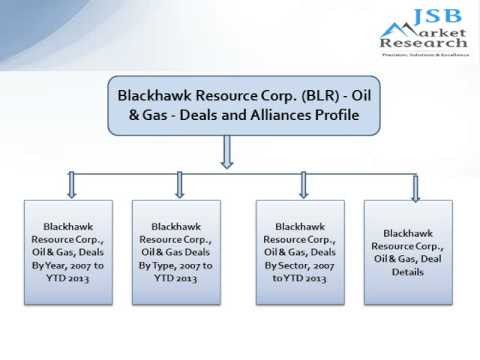Accretion Dilution Analysis A Merger Mystery
Post on: 7 Апрель, 2015 No Comment

Owners and managers of companies of sufficient size are periodically pitched merger and acquisition (M&A) deal proposals – often in excess. As such, investment bankers, groups (such as private equity shops) and related companies, typically within the same industry, provide ideas to decision makers on acquiring another company, merging with a competitor or being acquired by a financial group or operating company.
Motivations for Quick Acid Tests
For companies faced with M&A opportunities, many factors need to be considered, including global impact of the arrangement, likelihood of a quick and painless negotiation process and compatibility of the merging or acquiring companies. The deal makers – the front-line workers who spearhead the deals – must address all of these factors (and more) in order to successfully broker M&As (and receive payment).
Decision makers, prospective investors and investment banks have a few tools that provide a quick assessment of a proposed deal without spending (or wasting) too much time and energy on minutia. Thus, we have accretion / dilution analysis.
What is Accretion / Dilution Analysis?
Accretion / dilution analysis is, in essence, complex words attributed to a simple test, althought there is some grunt work that is required. Basically, accretion / dilution analysis answers the question: Does the proposed deal increase or decrease the post-transaction earnings per share (EPS)? This determines the justification for the deal in the first place.
Steps Involved in Accretion / Dilution Analysis
- Estimate a pro forma net income for the combined entities.
- Include conservative estimates of net income. taking into account prospective operational and financial synergies that are likely to result after the deal is finished. Some groups incorporate the last 12 months (LTM) as well as one- or two-year projections. Others include projected net income only. Regarding prospective synergies, the new company may anticipate higher revenues, due to cross-selling of a wider array of product and service offerings, as well as lower costs, due to the elimination of redundant functions and manufacturing facilities. (If you’re unfamiliar with pro forma net income, refer to Understanding Pro-Forma Earnings .)
- Aside from variables that affect the pro-forma net income due to anticipated synergies, the analyst should also account for transaction-related adjustments that may occur, such as higher interest expense, if this is a leveraged buyout and debt is used to fund the deal, lower interest income, if cash is used to make the purchase, and additional considerations on post-transaction intangible asset amortizations .

Parting Thoughts
Accretion / dilution analysis is often seen as a proxy for whether or not a contemplated deal creates or destroys shareholder value. But how can you assess whether or not two entities should merge, if you are only analyzing a two-year horizon? For instance, if the combined entity has better manufacturing capabilities and more diverse offerings, it may take more than a couple of years to fully integrate both operations to leverage and realize efficiencies, and for marketing to convey the message.
This type of analysis is not a composite of the complete picture, nor does it contemplate on how a newly-combined entity operates, adjusts or takes advantage of opportunities years down the road. (Take a look at our article Biggest Merger and Acquisition Disasters for some examples of consequences of poor M&A analysis.)














